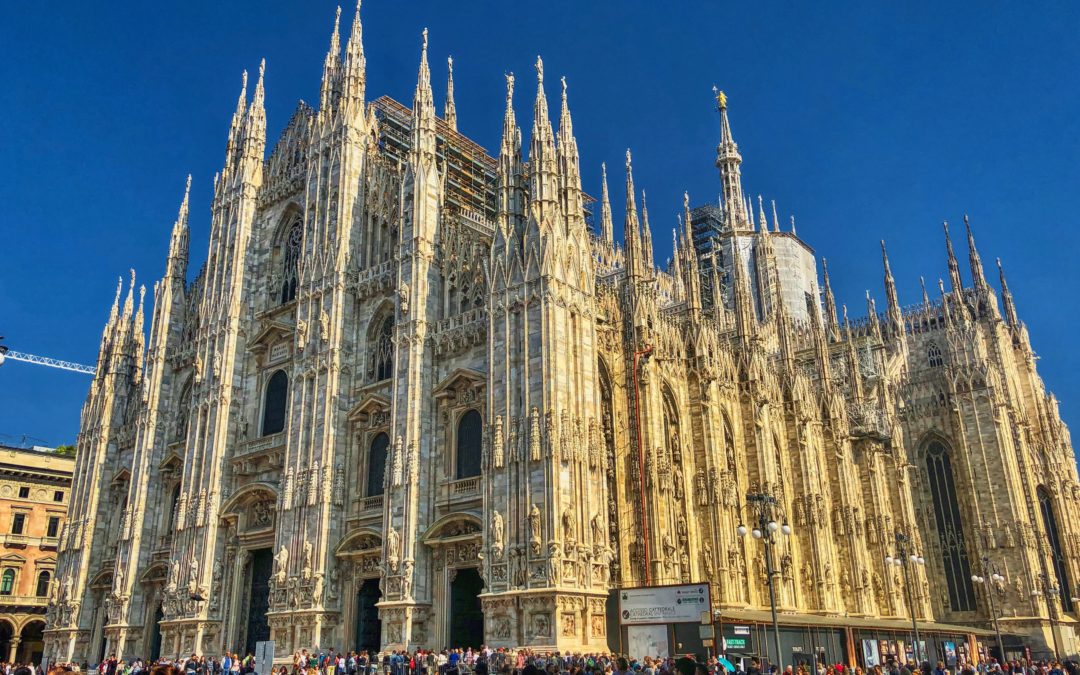
Arezzo
Arezzo
“Rarely do great beauty and great virtue dwell together.” — Francesco Petrarca.
De remediis utriusque fortunae (1354), Book II
Arezzo (Italian pronunciation: [aˈrettso]) is a city and comune in Italy and the capital of the province of the same name located in Tuscany. Arezzo is about 80 kilometres (50 miles) southeast of Florence at an elevation of 296 metres (971 ft) above sea level. It is also 30 km west of Città di Castello.
Arezzo is set on a steep hill rising from the floodplain of the River Arno. In the upper part of the town are the cathedral, the town hall and the Medici Fortress (Fortezza Medicea), from which the main streets branch off towards the lower part as far as the gates. The upper part of the town maintains its medieval appearance despite the addition of later structures.
Amongst many notable attractions or monuments it’s worthy to mention:
Piazza Grande. The Piazza Grande is the most noteworthy medieval square in the city, opening behind the 13th century Romanesque apse of Santa Maria della Pieve. Once the main marketplace of the city, it is currently the site of the Giostra del Saracino (“Joust of the Saracen”). It has a sloping pavement in red brick with limestone geometrical lines.
Santa Maria della Pieve. The most striking feature of this Romanesque church is the massive, square-planned bell tower with double orders of mullioned windows. The church was built in the 12th century over a pre-existing Palaeo-Christian edifice, and was renovated a century later with the addition of the characteristic façade made of loggias with small arches surmounted by all different-styled columns.
Roman amphitheatre and museum.
Palazzo dei Priori, erected in 1333, has been the seat of the city’s magistratures until today. The square tower is from 1337.
Medici Fortress (Fortezza Medicea), designed by Antonio da Sangallo the Younger and completed in 1538–1560. It was partly dismantled by the French in the early 19th century.
Palazzo Pretorio, which was seat of the People’s Captain until 1290. Only one of the two original towers remains.
House of Petrarch (Casa del Petrarca).
Casa Vasari (in Via XX Settembre) an older house rebuilt in 1547 by Giorgio Vasari and frescoed by him; now open as a museum,
source: Wikipedia

All pictures and images on this site (except where explicitly stated) are ©2024 Stefano Guidetti.
Some content taken from Wikipedia (see attribution at the bottom of the post/page).
Some graphics for the home page and pages header taken from Pixabay.
If you would like to reuse any of my pictures, please contact me at info@sguidetti.net
On this site we do not use profiling cookies or third parties cookies.
We do, however, use technical cookies functional to to the fruition of this site.
About me
Stefano Guidetti
Very picky IT Manager, Web Developer, Web Designer and (very) amateur photographer.
Currently employed in the educational field, working for the Italian Ministry of Education, University and Research.
(please note: social profiles are in Italian language only)





